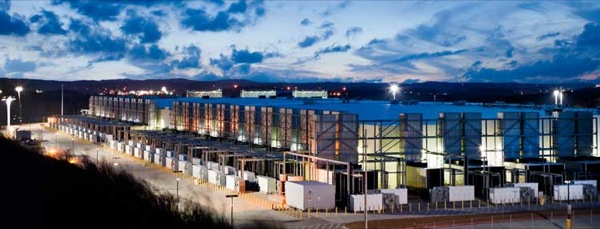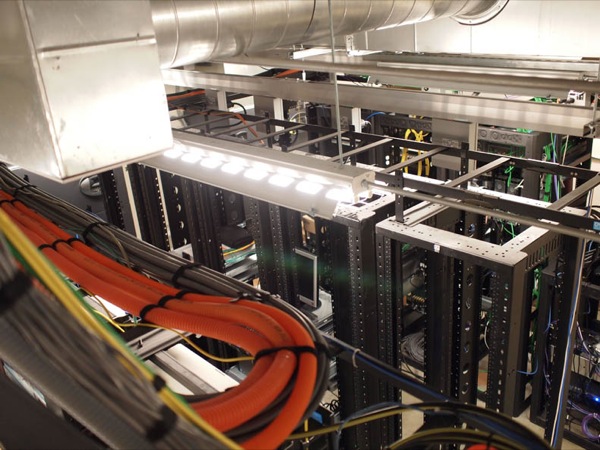Rapid growth of bandwidth promotes development of data center, which drives the MPO/MTP cables providing cost-effective and efficient way to greet the future of data center. IEEE 802.3ba, the standard for implementing 40/100G Ethernet, dictates that the MPO/MTP footprint will be the standard for multi-mode transmission. This assures the MPO/MTP connector will be the future of optical transmission in the data center for the next few generations to come.
A data center, as defined in TIA/EIA-942, Telecommunications Infrastructure Standard for Data Centers, is a building or portion of a building whose primary function is to house a computer room and its support areas. The main functions of a data center are to centralize and consolidate information technology (IT) resources, house network operations, facilitate e-business and to provide uninterrupted service to mission-critical data processing operations. Yes, it is what we used to call the computer room before it grew to fill buildings. It’s easy to understand but hard to comprehend how much data is being uploaded and downloaded every second on the Internet. The following pictures will show you how big Google data center is.


Due to every data center begins with fiber optic connections to the Internet. Thus, the type of cable connectors becomes the first thing to consider. Which type will be the priority to support such big data transmission? The answer is MPO/MTP connector, because the MPO/MTP connector offers ideal solutions for setting up high-performance data networks in data centers to meet future requirements. The MPO/MTP connector (known as multi-fiber push-on and also as multi-path push-on) can accommodate up to 72 fibers in the tiniest of spaces. MPO/MTP cables can bridge legacy 1Gbps/10Gbps networks over to 40Gbps/100Gbps networks, and can act as the trunk line on a network backbone. There are various types of MPO/MTP cables, such as, trunk cables, harness cables and cassettes. Among these cables, trunk cables are unique and useful due to following features and advantages.
Fiber trunk cables are typically 12-144 fibers and create the permanent fiber links between patch panels in a structured environment. They are pre-terminated from the manufacturer with MPO/MTP Connectors at a specified length and have a pulling grip for easy installation.
Trunk cable has the following advantages:
- Higher quality—Trunk cable can achieve higher quality with factory termination and testing of each individual product.
- Minimal skew—The skew can be measured and minimized with factory-terminated trunk cables.
- Shorter installation time—The pre-terminated MPO/MTP cable system can be incorporated and immediately plugged in with its plug and play design. This design greatly reduces the installation time.
- Better protection—All termination is done in the factory, so cables and connectors are completely protected from ambient influences. Fiber optic lines lying about in the open in splice trays are exposed at least to the ambient air and may age more rapidly as a result.
- Smaller volume of cable—Smaller diameters can be achieved in the production of MPO/MTP cabling from fiber optic loose tube cables.
- Lower total costs—In splice solutions, splicing including much time and equipment, such as, skilled labor, meters of cable, pigtails, splice trays, splice protection and holders. By comparison, pre-terminated trunk cables not only have technical advantages but also usually involve lower total costs than splice solutions.
MPO/MTP trunk cable is designed for high density application which offers excellent benefits in installation time and space saving. With its features and advantages, MPO/MTP trunk cable is ready to greet the future of data center. Definitely, there will be increasing demand of big data in the next few generations of data center. The ultimate goal of MPO/MTP trunk cable is to keep pace with the rapid development of data center.
